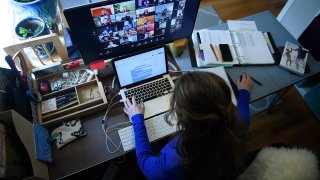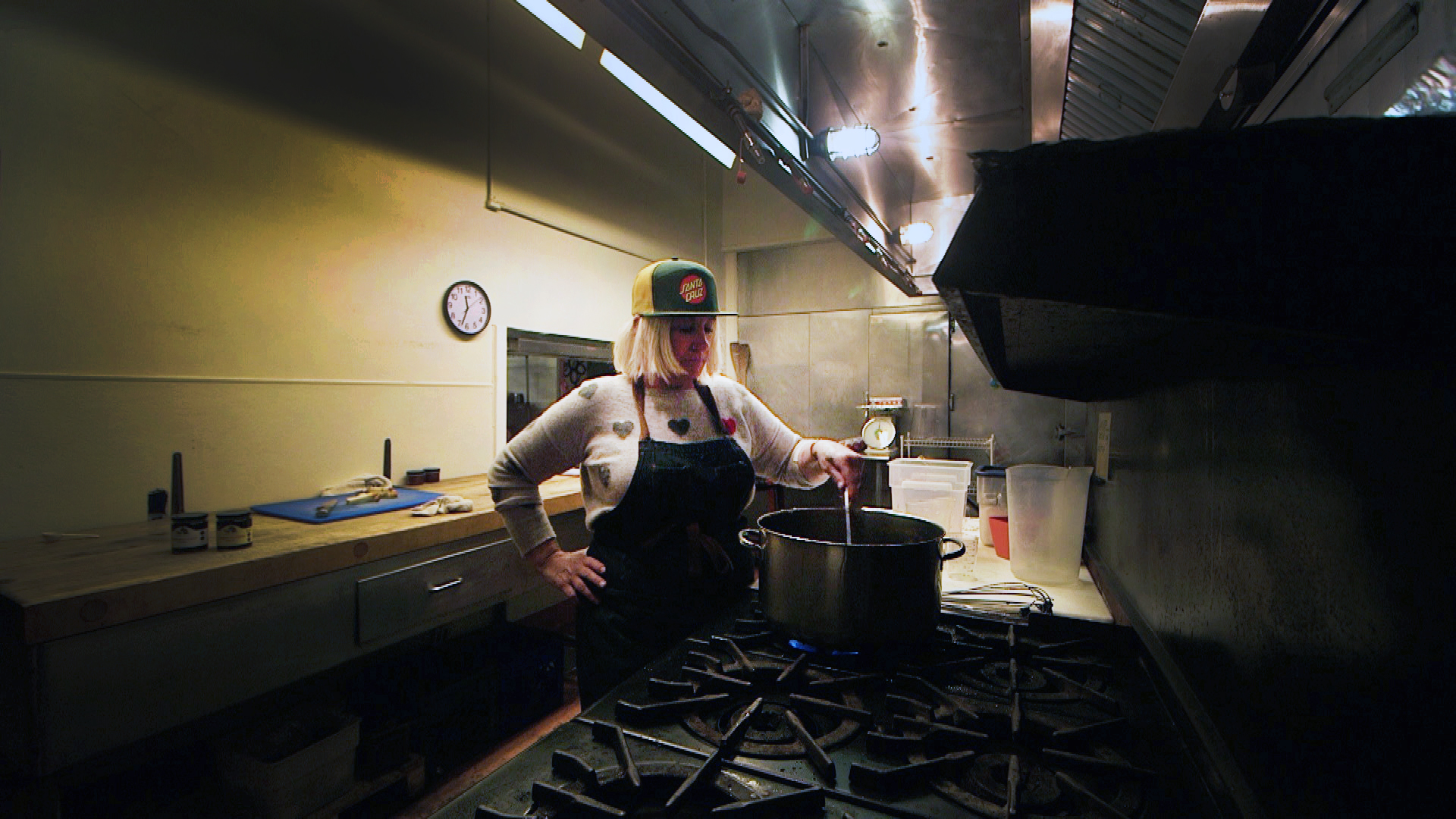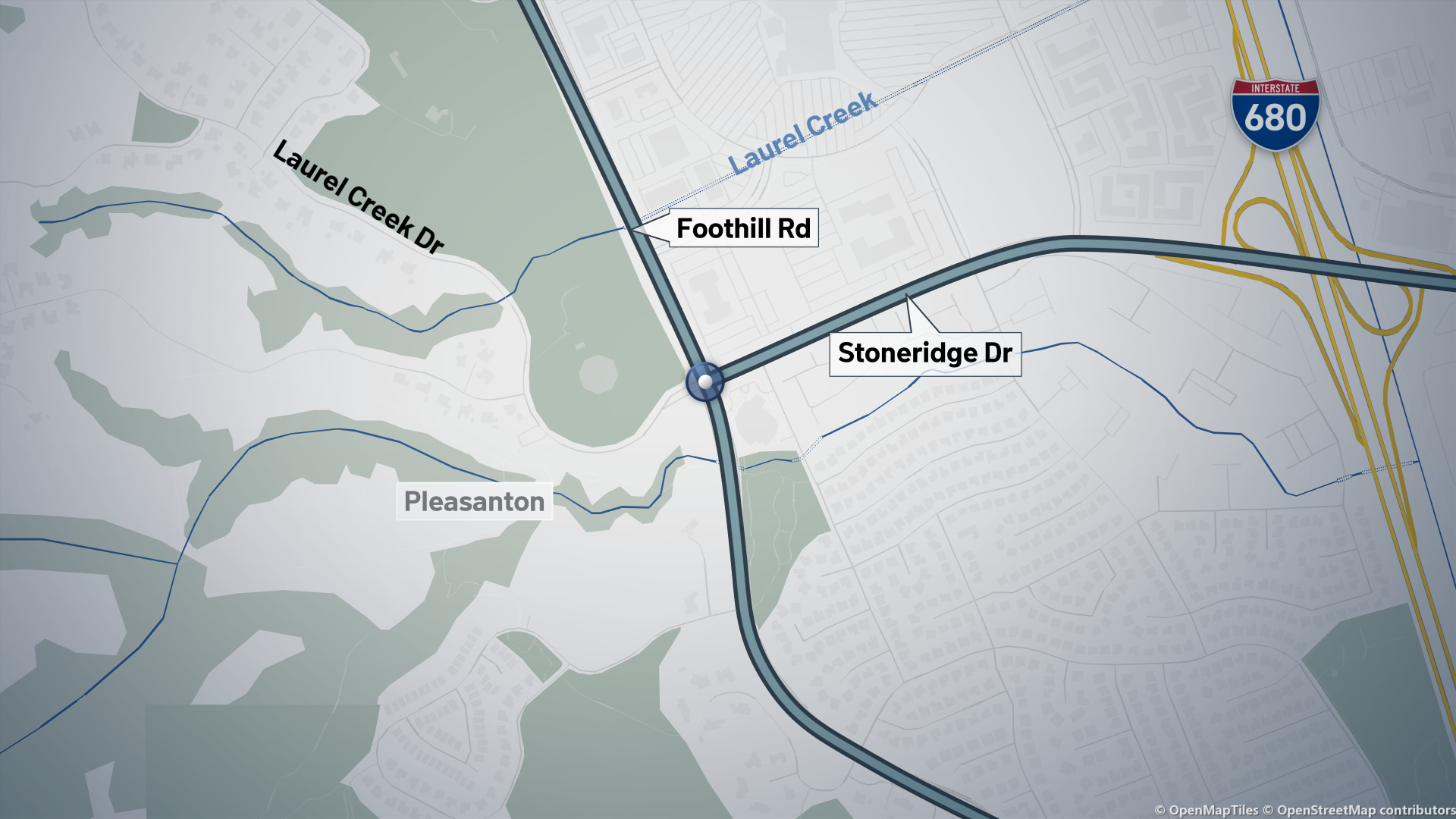
With millions of California children already back in the virtual classroom, families, teachers and districts are still scrambling to figure out some of the basics: How and when they can resume in-person learning and how to get the in-demand technology needed for distance learning in the meantime.
Gov. Gavin Newsom tried to project control over the situation in a lengthy Friday news conference, but he acknowledged it’s a “sub-optimal environment” for the state’s 6 million K-12 students. The state estimates 97 percent of California schoolchildren are starting the year online.
“We are now just beginning this journey together on a more robust approach to distance learning,” Newsom said.
The Democratic governor mandated that schools close for in-person learning if they are in one of the nearly 40 counties on a coronavirus watch list.
Newsom has announced that counties can reopen schools for in-person education when a county has been off the watch list for 14 consecutive days. But the list hasn’t been updated for several weeks following errors in its data system that resulted in nearly 300,000 confirmed virus cases not being recorded.
Even the rules for reopening aren’t set in stone; Newsom has said some elementary schools will be eligible for waivers. There is a detailed process for applying for the waivers, including required plans for disinfecting, health screenings, physical distancing and masks for staff and students.
As of Friday, 56 schools in San Diego County had requested waivers from the county, which will be sent on to the state.
Local
However, with school already underway in many of California’s more than 1,000 school districts, there’s no timeline for state officials to grant the waivers or even respond to them.
If after notifying Sacramento, San Diego County doesn’t hear back from the state in three days, the school waivers will be approved, county Supervisor Nathan Fletcher told KGTV-TV.
The confusion about schools also applies to reopening the economy.
In a letter to Newsom on Friday, San Diego Mayor Kevin Faulconer said the county had met the health requirements to be removed from the watch list and asked the state to provide clear guidance on what happens after that.
“No process currently exists for restarting other activities, such as gyms and fitness centers, places of worship, non-essential office workplaces, personal care services, barber shops and salons, shopping malls, and higher education,” Faulconer wrote.
“This is critical, as the devastating health and economic effects of the COVID-19 pandemic have forced millions of Californians into unemployment and thousands of small businesses to close,” he wrote.
California Superintendent of Public Instruction Tony Thurmond acknowledged that the coronavirus has made planning difficult.
“For every piece of guidance that any of us puts out, the pandemic is constantly changing,” Thurmond said. “Our parents and students and educators are constantly adapting. You know, the beginning of school is always a time that’s both exciting and filled with anxiety. I would say that that’s mounted to a higher level now.”
For many students stuck at home, getting online for class isn’t easy. Thurmond has estimated about 700,000 California kids don’t have access to a computer and 300,000 lack internet access.
Four months after announcing plans to help close that digital divide, he said Friday, just 73,000 devices have been delivered to kids. Thurmond said that while many districts have what they need, others are still scrambling to obtain the right resources, which has been made harder by the unpredictability of the pandemic and shifting state guidance.
The state budget also distributes $5.3 billion in federal coronavirus relief money to school districts to combat learning losses, including by purchasing more technology.
Troy Flint, spokesman for the California School Boards Association, said thankfully the state has prioritized schools during the crisis. But the financial help of the last three months has been undermined by what he called decades of under-funding that pose challenges for distance learning.
“There have been some bright spots,” Flint said about schools that have resumed online classes. “But when you have a percentage of students that is not readily able to take part in instruction, I don’t think you can consider it a success.”
In addition to students who lack computers and connectivity are the hassles some parents have been reporting navigating distance learning, kids logging into class late or not at all because they can’t find the log-ins and parents working from home with their kids attending classes online.
“Districts are trying to do more with less and have been incredibly creative and resourceful but in many cases are stretched beyond their means,” Flint said.
California has made progress in flattening infection rates after they spiked again in July because more people were going out, Newsom said. Hospitalizations are down, too, though officials reported another 188 deaths Friday.
For most people, the coronavirus causes mild to moderate symptoms, such as fever. For some people, particularly older people and those with underlying health conditions, it can cause severe illness and death.



